 |
She knew, "it's only real once."
1982, kodalith film printed
on black and white photographic
paper. |
I have been thinking about the concept of other ever since I started looking at the shadow idea. Is the shadow just another component of other?
In order to know the self, other has to be acknowledged. Could the shadow be one of your others? I put the image, above, here to also illustrate that this isn't something new. (I will be doing an entry on some of my earlier photo work as well. It was all non-silver, contact printing. A lot of it dealt with "catching the shadow".) I did make some notes, in my journal/sketchbook, awhile back when I was working on "waiting to mend," the piece just before "LEFT." I remarked, in my notes, about how things were coming back to me. Old ideas which never left...even technical devices that I had used when I was getting my undergraduate degree, were sneaking their way back into my thinking. What work I did have out, a lot of it is buried and a lot of my sketches were ruined last year when my basement got flooded during a record setting down pour...first rule, don't store work in a basement (or books.)
The work I looked at reminded me of how I used to think, process and how I went about composing and putting ideas into practice. I was always trying to figure out my place...the role I played in the circle that was my day/night, personal/social...even my interior self examined. All my work, regardless of the media, was "image and text." It was like trying to communicate (speak more directly.)
Another remanent from the past is the opening paragraph from Nabokov's
Speak Memory. "A cradle rocks above an abyss, and common sense tells us that our existence is but a brief crack of light between two eternities of darkness. Although the two are identical twins, man as a rule, views the prenatal abyss with more calm than the one he is heading for (at some forty-five hundred heartbeats an hour.) I know, however, of a young chronophobiac who experienced something like panic when looking for the first time at homemade movies that had been taken a few weeks before his birth. He saw a world that was practically unchanged - the same house, the same people - and then realized that he did not exist there at all and that nobody mourned his absence. He caught a glimpse of his mother waving from an upstairs window, and that unfamiliar gesture disturbed him, as if it were some mysterious farewell. But what particularly frightened him was the sight of a brand-new baby carriage standing there on the porch, with the smug, encroaching air of a coffin; even that was empty, as if, in the reverse course of events, his very bones had disintegrated." This started me thinking, what if you did go back in time to a life your remember living...and you were not there. That your past did not contain you. Maybe like a shadow that doesn't appear some days. There are days (light) that causes us to not have shadows...is the relationship between object and shadow mutually inclusive/exclusive?
Words like ontology (of or relating to the nature of being), epistemology (nature of knowledge...how do we know), phenomenology (study of conscious experience), one -ology after another kept racing through my thoughts. (I went to school when hermeneutic was big: methodological principals of interpretation. Today these words still bounce around in my head but probably don't have as much of a blow. I mean, is questioning really going to give me answers, or more questions? ) And, there is also that little matter of quantum theory that somehow sneaked in as well. My interpretation of that went something like this. Time is a linear concept. We move through time, similar to a train that goes along a predetermined line (not to be confused with pre-destiny.) Anyway, in my thinking, you could at any time slice into this "time line" and there you would be. So you could exist in multiple places at multiple time. Also, at the time, I was very fond of T.S. Eliot.
Four Quartets, Burnt Norton, opens: "Time present and time past/Are both perhaps present in time future,/And time future contained in time past./If all time is eternally present/All time is unredeemable./What might have been is an abstraction/Remaining a perpetual possibility/Only in a world of speculation." Read by me as, just what is time...no two timing devices (except the digital) ever seem to be show the same time...time really is an abstraction. Our sense of time is really not a tangible "thing." You can't hold it. So how do we know of it's existence...?
So there you have it. In a nut shell...Is it possible to be the being in the reflection and the reflection. To see and experience oneself both in the present and the past...I see a lot of that in the work that I'm thinking about and doing. It is very reflexive of who I am, my relationship to the other and who the other is.
A phrase that actually prompted the next piece, which I have sketched out (below) is,"her mother's shadow began to merge with her's,/She worried about loss, loss of her identity." Nothing biographical about this!!! Have you ever looked at yourself in the mirror or a picture and thought about resemblance...that you were looking like your parents (maybe it's that latent retinal image, but that happens to me.) The first time I really saw my mother in me were my hands. I have my mother's hands.
 |
This was the sketch I did based on the phrase:
"her shadow..." It is a performantive piece.
You read the phrase as you get closer and
the voice should be whispered, reflective. |
 |
| view #2 |
 |
| closes view, #3 |
But now for a little update on LEFT.
 |
A look at the back. After Jude showed her magic diary cloth,
I had to take a peak too. Not as good as Jude's but.. |
 |
Where the rectangles all started. I originally added
the cloth appliqued rectangle...which had the effect
I was seeking: slight relief off the surface, separation of the
object, boundary, barrier. Then, what to do next? I decided
to continue the idea by adding a few more cloth rectangles, and
some that are just stitched. The same day I decided to do this,
Jude Hill did a talk on pulling elements together, integrating elements
(I took this to mean union, cohesion not just separate
floating objects.) |
 |
view of the only two figures
that are seen as one: before
the larger figure starts to separate
away from the smaller figure |
 |
added stitch rectangles to the left
most figure (shadow is starting to
separate) . Larger figure is just
left of this that is in back
of the first cloth rectangle. |
 |
| detail of center top section, mostly stitched rectangles |
 |
Imagine this as the right side of the cloth...should have rotated it! how the cloth
and stitched rectangles interact.
|
Hope you got through this post and that I didn't get too distracted
More images of the cloth can be seen on my flicker page:
http://www.flickr.com/photos/69022257@N06/






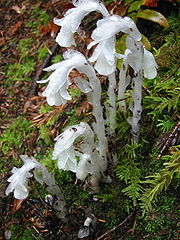
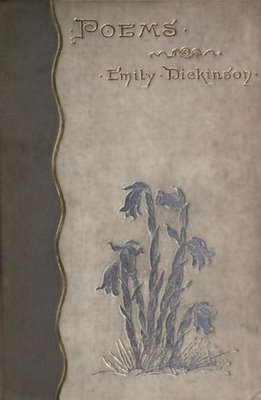





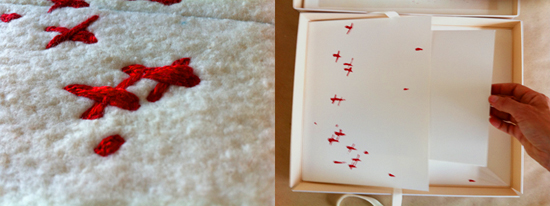






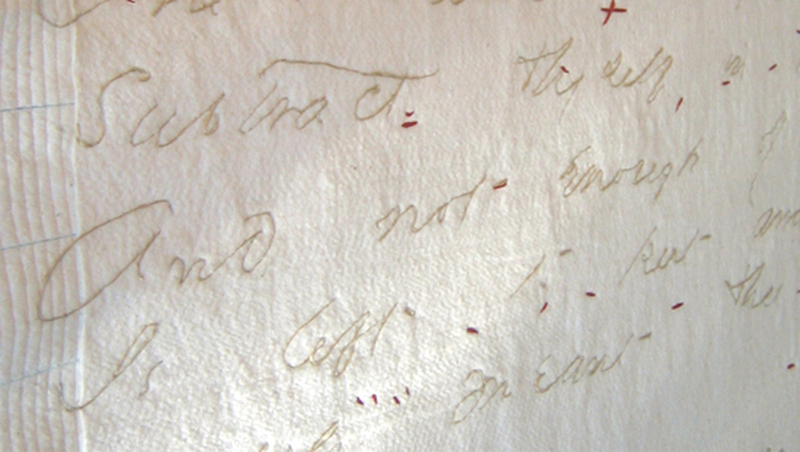







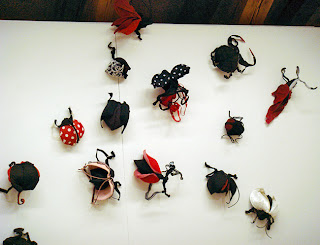


















































.jpeg)























